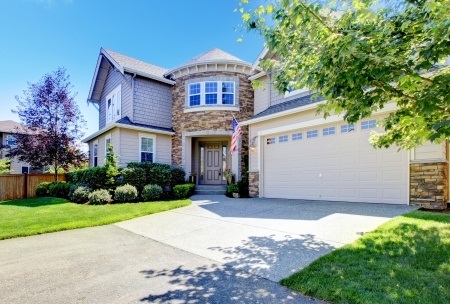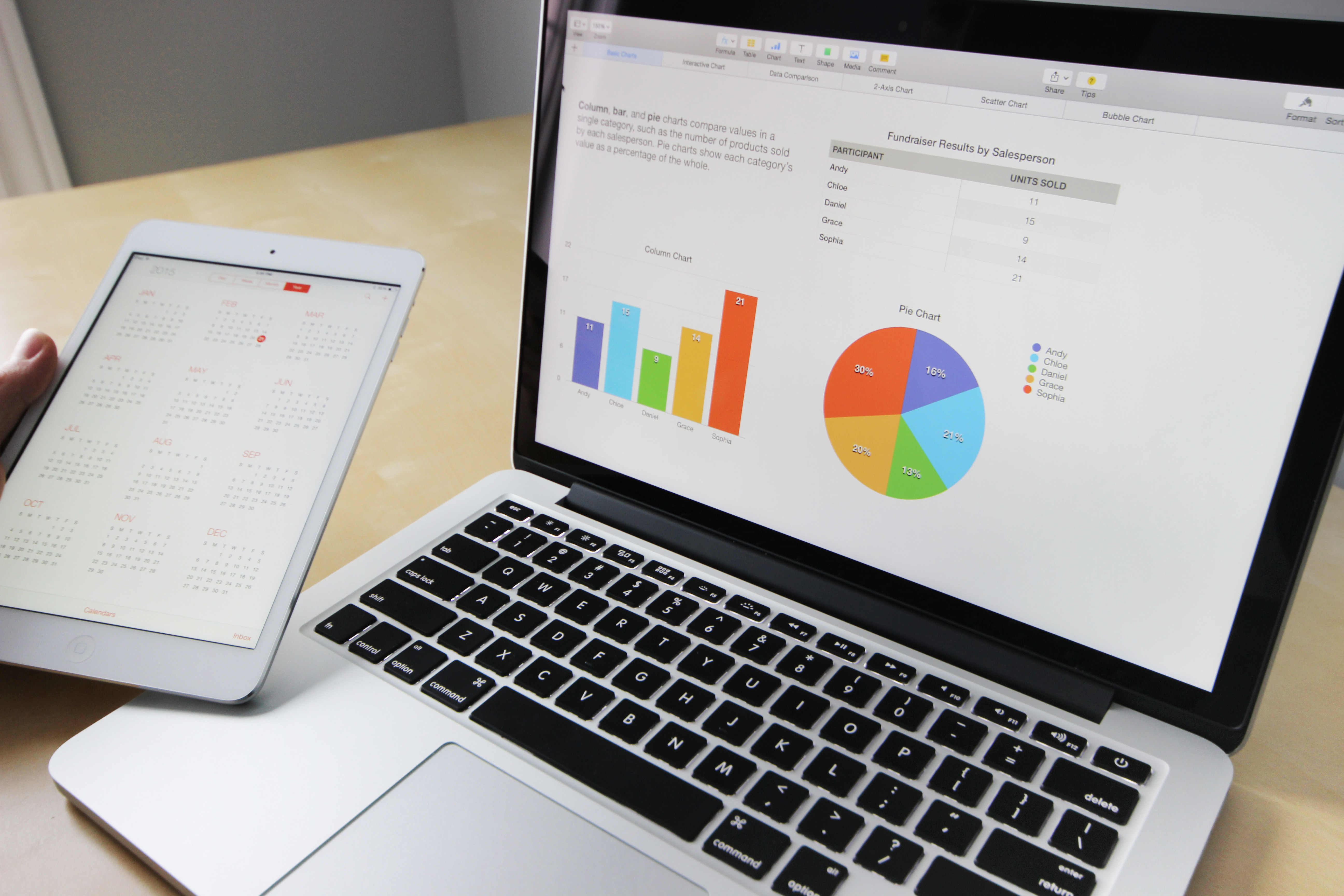 Home prices continued to rise in September according to Case-Shiller National and 20-City home price index reports. According to the National Home Price Index, national home prices rose 0.70 percent month for the three months ending in September. The National Index regained its pre-housing bubble peak and surpassed it by 5.90 percent as of September.
Home prices continued to rise in September according to Case-Shiller National and 20-City home price index reports. According to the National Home Price Index, national home prices rose 0.70 percent month for the three months ending in September. The National Index regained its pre-housing bubble peak and surpassed it by 5.90 percent as of September.
The 20-City Home Price Index rose 0.50 percent from August’s reading. Analysts forecast a growth rate of 0.40 percent month-to-month. The 20-City Home Price Index indicates a home price growth rate 0f 6.20 percent year-over-year. The 20-City Index remained 1.50 percent below its peak in 2006.
The 20-City Home Price Index showed 16 of 20 cities posted gains in home price growth. Seattle, Washington, which has consistently held the top spot for year-over-year home price growth, posted slower growth for September. Seattle held on to its lead for year-over-year home price growth with a reading of 12.90 percent. Las Vegas Nevada held second place in the 20-City Index with a year-over-year home price growth of 9.00 percent. San Diego, California held third place with a year-over-year reading of 8.20 percent appreciation in home prices.
Case–Shiller Home Prices: Not the Whole Story
Analysts caution that while Case-Shiller Home Price Index reports are intended as a tool for real estate investors, they may not reflect all factors impacting U.S. housing markets. An analysis published in May by Trulia indicated that only 38 percent of U.S, homes have recovered their post-recession values. Some analysts say that methodology used for calculating the Case-Shiller home price index readings does not reflect individual or local factors impacting home prices.
In an unrelated report, the Federal Housing Finance Agency reported that home prices for properties with mortgages sold to or guaranteed by Fannie Mae and Freddie Mac were up 6.50 percent from the third quarter of 2016 to the third quarter of 2017.
FHFA reported that the District of Columbia and all 50 states posted higher home price gains for the period between Q3 2016 and Q3 2017. The top three year-over-year home price gains were held by Washington, D.C at 11.60 percent; the state of Washington held second place with a gain of 11.50 percent and Hawaii and Arizona tied for third place with year-over-year home price gains of 10.00 percent.
FHFA reported home price growth in all 100 areas it tracks and said that the Seattle, Washington region held the highest year-over-year growth rate of 14.60 percent.

 According to the Case-Shiller National Home Price Index for June, Seattle, Washington continued to lead home price growth for the tenth consecutive month with a June reading of 13.40 percent growth year-over-year. Portland Oregon held second place for home price growth in the 20-City Home Price Index in June but trailed Seattle by 5.20 percent with 8.20 percent year-over-year home price growth. Dallas Texas held third place with a year-over-year home price growth rate of 7.70 percent. The 20-City Home Price Index increased by 5.70 percent year-over-year and was unchanged from May’s reading.
According to the Case-Shiller National Home Price Index for June, Seattle, Washington continued to lead home price growth for the tenth consecutive month with a June reading of 13.40 percent growth year-over-year. Portland Oregon held second place for home price growth in the 20-City Home Price Index in June but trailed Seattle by 5.20 percent with 8.20 percent year-over-year home price growth. Dallas Texas held third place with a year-over-year home price growth rate of 7.70 percent. The 20-City Home Price Index increased by 5.70 percent year-over-year and was unchanged from May’s reading. Home builder confidence in housing market conditions surged in August after sagging to an eight-month low in July. The National Association of Home Builders reported a July reading of 68 in August after analysts expected a one- point increase from July’s Housing Market Index reading of 64. Any reading over 50 indicates that more builders consider housing market conditions positive than those who do not.
Home builder confidence in housing market conditions surged in August after sagging to an eight-month low in July. The National Association of Home Builders reported a July reading of 68 in August after analysts expected a one- point increase from July’s Housing Market Index reading of 64. Any reading over 50 indicates that more builders consider housing market conditions positive than those who do not. According to the National Association of Home Builders, July builder sentiment dipped to an index reading of 64 as compared to June’s revised reading of 66, the original reading was 67. Analysts expected the reading for July to increase to 68. Builders cited increasing lumber prices as a concern affecting builders’ outlook on housing market conditions for new single-family homes. Any reading over 50 for the NAHB Housing Market Index indicates that more builders than fewer are positive about housing market conditions, but July’s reading was the lowest in eight months. NAHB said that home builder confidence in market condition “remains strong.”
According to the National Association of Home Builders, July builder sentiment dipped to an index reading of 64 as compared to June’s revised reading of 66, the original reading was 67. Analysts expected the reading for July to increase to 68. Builders cited increasing lumber prices as a concern affecting builders’ outlook on housing market conditions for new single-family homes. Any reading over 50 for the NAHB Housing Market Index indicates that more builders than fewer are positive about housing market conditions, but July’s reading was the lowest in eight months. NAHB said that home builder confidence in market condition “remains strong.” Case-Shiller’s National Home Price Index indicated slower home price growth in April. Year-over-year, home prices rose 5.50 percent in April as compared to 5.60 percent in March. Year-over-year readings are calculated on a seasonally-adjusted annual basis.
Case-Shiller’s National Home Price Index indicated slower home price growth in April. Year-over-year, home prices rose 5.50 percent in April as compared to 5.60 percent in March. Year-over-year readings are calculated on a seasonally-adjusted annual basis. According to the Case-Shiller National Home Price Index, February home prices grew at their fastest pace in three years. While home prices have steadily grown in recent months, growth rates slowed in many areas month-to-month; the escalation of home prices from January to February indicates stronger housing markets. National home prices increased by 0.20 percent in February to a seasonally-adjusted annual rate of 5.80 percent appreciation.
According to the Case-Shiller National Home Price Index, February home prices grew at their fastest pace in three years. While home prices have steadily grown in recent months, growth rates slowed in many areas month-to-month; the escalation of home prices from January to February indicates stronger housing markets. National home prices increased by 0.20 percent in February to a seasonally-adjusted annual rate of 5.80 percent appreciation. December home prices continued to rise per December readings for Case-Shiller’s National and 20-City Home Price Indices. On average, national home prices increased by 5,80 percent year-over-year and exceeded November’s year-over-year reading of 5.60 percent. The 20 City Index, which analysts follow more closely than the National Home Price Index, posted a year-over-year gain of 5.60 percent in December, which exceeded an expected reading of 5.40 percent and November’s year-over-year reading of 5.20 percent growth.
December home prices continued to rise per December readings for Case-Shiller’s National and 20-City Home Price Indices. On average, national home prices increased by 5,80 percent year-over-year and exceeded November’s year-over-year reading of 5.60 percent. The 20 City Index, which analysts follow more closely than the National Home Price Index, posted a year-over-year gain of 5.60 percent in December, which exceeded an expected reading of 5.40 percent and November’s year-over-year reading of 5.20 percent growth. January’s National Association of Home Builders Housing Market Index dipped two points from December’s revised reading of 69 to 67; the index reading forecast for January was also 69.Analysts said that January’s reading was the second highest (after December 2016) since the peak of the housing bubble in 2005. January’s dip in builder sentiment was attributed to easing of builder enthusiasm, which spiked right after the U.S. presidential election. To put January’s home builder confidence reading in context, NAHB says that any index reading over 50 indicates that more builders than fewer have confidence in housing market conditions.
January’s National Association of Home Builders Housing Market Index dipped two points from December’s revised reading of 69 to 67; the index reading forecast for January was also 69.Analysts said that January’s reading was the second highest (after December 2016) since the peak of the housing bubble in 2005. January’s dip in builder sentiment was attributed to easing of builder enthusiasm, which spiked right after the U.S. presidential election. To put January’s home builder confidence reading in context, NAHB says that any index reading over 50 indicates that more builders than fewer have confidence in housing market conditions. Last week’s economic releases included reports on new and pending home sales, S&P Case-Shiller Home Price Indices and regularly scheduled weekly reporting on mortgage rates and weekly jobless claims. Readings on consumer sentiment and confidence were also released.
Last week’s economic releases included reports on new and pending home sales, S&P Case-Shiller Home Price Indices and regularly scheduled weekly reporting on mortgage rates and weekly jobless claims. Readings on consumer sentiment and confidence were also released.